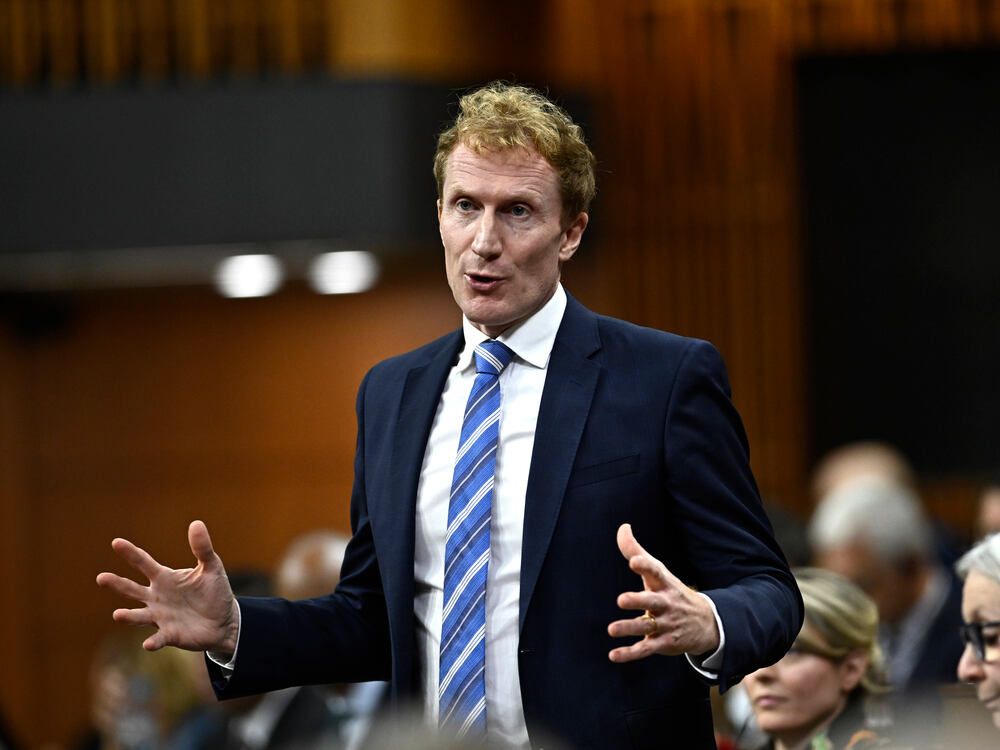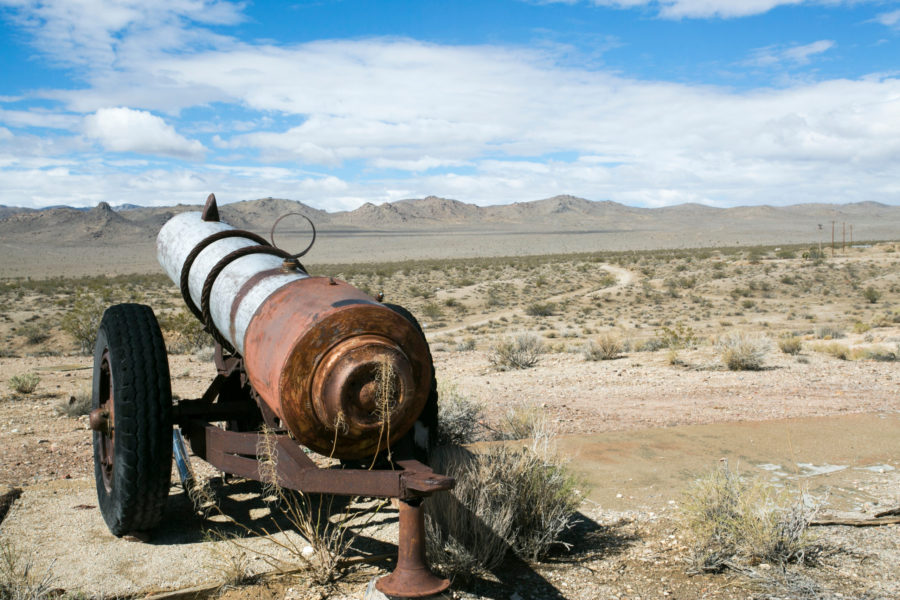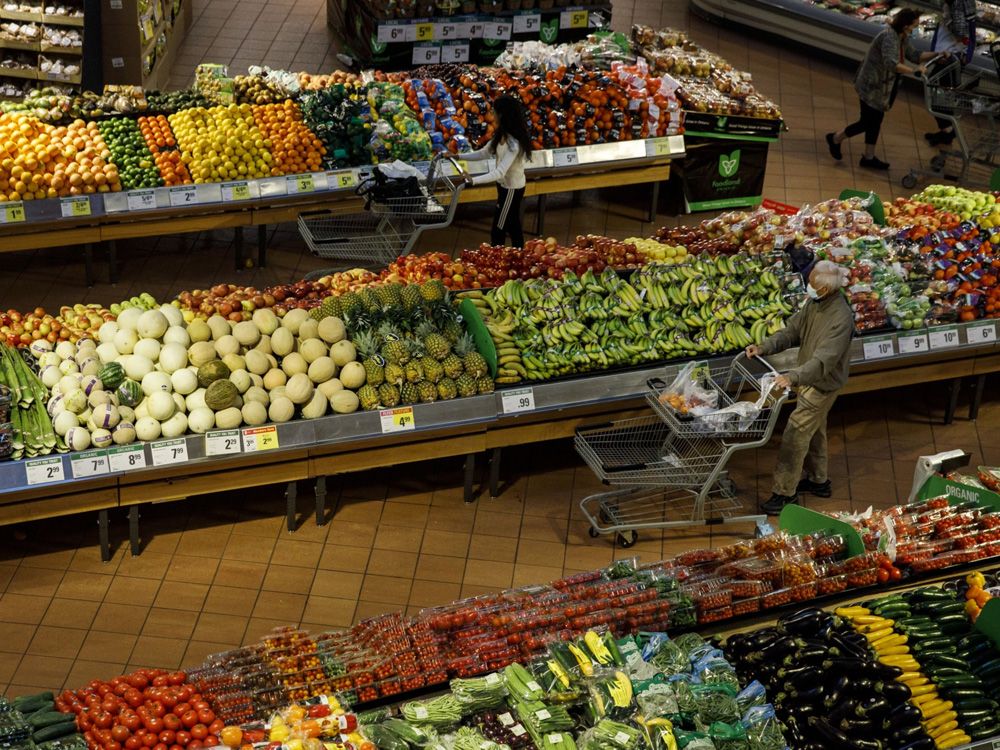Initial analysis suggests the diamond is close not only in size, but also in quality to the 3,106.75 carats Cullinan, discovered in South Africa in 1905; the 1,758-carat Sewelo, unearthed at Lucara’s Karowe mine in Botswana in April 2019; and the 1,111 Lesedi la Rona, also found in Botswana in 2015.
“We will work with the government of the Republic of Botswana and De Beers to value and sell the diamond to ensure it returns maximum benefit for the people of Botswana,” the spokeswoman for Debswana, Rachel Mothibatsela, said.
ORAKENG KEFENTSE, the Sesung man who discovered Debswana’s largest diamond ever. Kefentse picked this 1,098.3 carat diamond from a refuse bin at Jwaneng Mine. Story to follow…
PIC: THALEFANG CHARLES#diamond #discovery #Botswana pic.twitter.com/Ce8vBUN3sU— Mmegi (@MmegiOnline) June 16, 2021
Botswana, Africa’s leading diamond producer, is used to having an influx of international diamond buyers from Mumbai and Antwerp and traders from China.
Recently, however, it decided to close its Damtshaa diamond mine for three years due to weak demand and trading disruptions caused by the ongoing global pandemic triggered the decision.

Debswana, a 50/50 partnership between Botswana and De Beers, provides the country with around two-thirds of its foreign exchange and contributes a fifth of its GDP.
Jwaneng is critical to De Beers as it contributes nearly half the carats the company produces a year. In 2020, Jwaneng yielded 7.5 million carats of the group’s 2020 output of 25.1 million carats.




